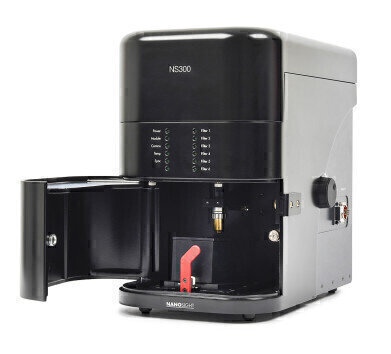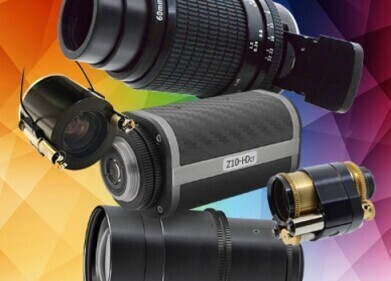-
 Malvern’s NanoSight NS300 provides new insights into the role of exosomes in disease transmission for researchers at the University of Alabama
Malvern’s NanoSight NS300 provides new insights into the role of exosomes in disease transmission for researchers at the University of Alabama
Microscopy & microtechniques
Malvern`s NanoSight NS300 provides new insights into the role of exosomes in disease transmission for researchers at the University of Alabama
Jan 29 2016
Data measured using the NanoSight NS300 from Malvern Instruments is providing new insights into the role of exosomes in diseases such as cancer, arthritis, Alzheimer’s disease and cystic fibrosis, in pioneering research at the University of Alabama - Birmingham (UAB).
“Early research on exosomes, or extracellular vesicles, focused on their role in excreting unwanted waste from cells,” said Shawn Williams, facility manager and imaging specialist. “However, we’re now starting to understand their wider functionality in intercellular communication and the transmission of disease. The NanoSight system is playing a central role in helping us advance in this new and exciting area of research, by enabling us to size, count and track the movement of these crucial molecules in their native state.”
The NanoSight NS300 system is sited within an analytical service facility for the university, which also extends support to external customers on a contract basis. Around 85% of the analysis being carried out in the lab is associated with disease-related research. The NanoSight system is used by several hundred different researchers, so rapid training and robust measurement protocols are essential. Mr. Williams and his team have developed a series of simple procedures to support new researchers in their use of the instrument, to enable the efficient generation of accurate particle size and count data, and video footage of the exosomes within a sample.
“There are very few instruments that can do what the NanoSight does in terms of providing us with statistically significant size and count data in a cost-efficient way,” said Mr. Williams. “The sample preparation required is negligible, which is a major advantage relative to Transmission Electron Microscopy (TEM), and we find that the instrument has a really short learning curve. All our users are able to access the data they need, presented in a great and easy to digest format, with minimal training.”
The NanoSight NS300 measures particle size in the range 10 nm to 2000 nm, comfortably spanning the 30 nm – 100 nm size range of primary interest for exosomes. NanoSight software is designed to make it easy for researchers to use the instrument, access the data required and present it in an easily assimilated form.
“I really appreciate the fact that Malvern continues to enhance the functionality of the NanoSight system through software upgrades which add relevant and valuable capabilities. For us it is all about gathering information that will give us new understanding. The more quickly and easily we can measure relevant parameters, the greater our productivity and the faster we can progress our research. This is crucial as demand for our services increases to meet the growing need to develop new and successful drug products.”
Malvern, Malvern Instruments, NanoSight are registered trademarks of Malvern Instruments Ltd
Digital Edition
Lab Asia Dec 2025
December 2025
Chromatography Articles- Cutting-edge sample preparation tools help laboratories to stay ahead of the curveMass Spectrometry & Spectroscopy Articles- Unlocking the complexity of metabolomics: Pushi...
View all digital editions
Events
Jan 21 2026 Tokyo, Japan
Jan 28 2026 Tokyo, Japan
Jan 29 2026 New Delhi, India
Feb 07 2026 Boston, MA, USA
Asia Pharma Expo/Asia Lab Expo
Feb 12 2026 Dhaka, Bangladesh
.jpg)
-(2).jpg)
















